
eSIM is the next big thing in cellular connectivity, and while Apple is going all in on it, it’s clear the Android world has a lot of work to do. Let’s take a look at the state of eSIM on Android and how things work across different smartphones, carriers, and more.
Table of contents
What is an eSIM?
eSIM is short for “embedded SIM.” A quick explanation of that is that eSIM is a virtual version of a SIM card, rather than a physical item you slide into your smartphone.
An eSIM carries basically the same information as a traditional SIM, with your customer ID, mobile network details, and more. An eSIM is built directly into your device and is thus reprogrammable as you need. Many phones that support eSIM even support multiple active connections at one time, meaning you can switch back and forth between providers.
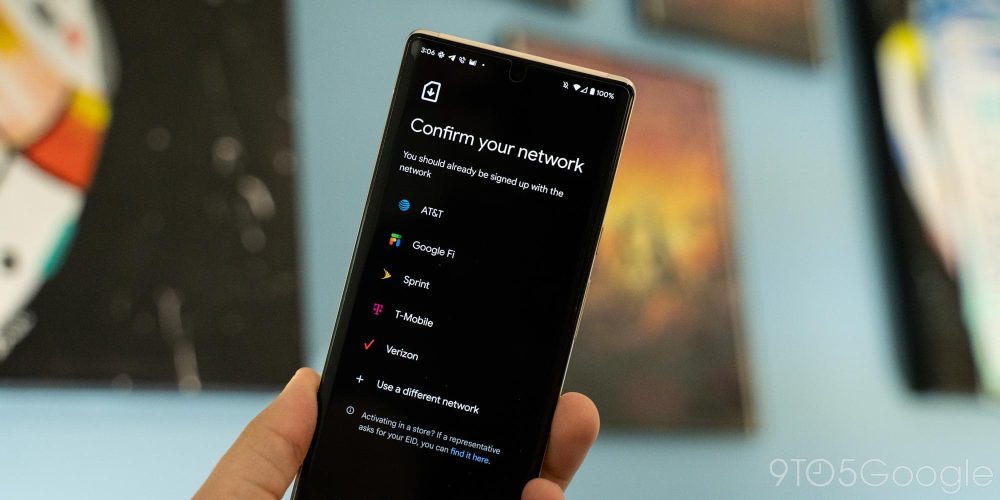
What Android smartphones support eSIM?
But like any emerging technology, eSIM isn’t available everywhere, and it’s pretty inconsistent where the feature is available on Android at this point.
The only company that has fully embraced eSIM on Android is Google, with full support for the technology in every Pixel smartphone released since 2017. This is partially because Google’s mobile network, Fi, offers eSIM support on Pixel phones and other devices. But Pixel phones from the Pixel 4 and later can also use eSIM on carriers such as AT&T, T-Mobile, Verizon, and more.
Beyond the Pixel, Samsung has also made a big push with eSIM support on its various Android phones.
A few examples of Samsung devices that support eSIM include the company’s latest releases, such as the Galaxy S22 series, Galaxy Z Fold 4, and Galaxy Z Flip 4. Samsung also expanded support for the feature with its Android 12 update to the Galaxy S20 series, S21 series, Note 20 series, and the rest of its foldable lineup too.

But there are still a lot of hits and misses within Samsung’s eSIM support. While the Galaxy S20 and Galaxy S21 both support the feature, the “Fan Edition” models, S20 FE and S21 FE, do not. The company’s popular midrange phones, such as the Galaxy A53, also lack eSIM.
There are some other Android phones and devices that support eSIM as well, but it’s very inconsistent.
Samsung’s LTE smartwatches, for example, utilize eSIM. Motorola also supports the feature in select devices, as do select devices from Huawei, Honor, Oppo, Sony, and more. Our Andrew Romero has a full list of Android phones that support eSIM in the United States.
How do you set up an eSIM on major carriers?
The process of setting up an eSIM on Android depends on your smartphone and your carrier, and that’s where things are even more inconsistent.
On a Pixel phone, you simply go to Settings > Network & Internet and then press the “+” symbol to add a new eSIM. You’ll get a list of carriers and a shortcut to use the camera to scan a QR code provided by your carrier.
Notably, Google Fi offers a different setup method on Pixel as well. Instead of using a QR code, you can simply download the Google Fi app and activate it with your usual Google account credentials – this also applies to transferring your eSIM to a new device. But right now, Google Fi only supports eSIM on Pixel phones. Oh, and the Pixel 2, 3, and Pixel 3a all only support eSIM at all on Google Fi – you can’t use an eSIM from Verizon or other carriers with those devices.

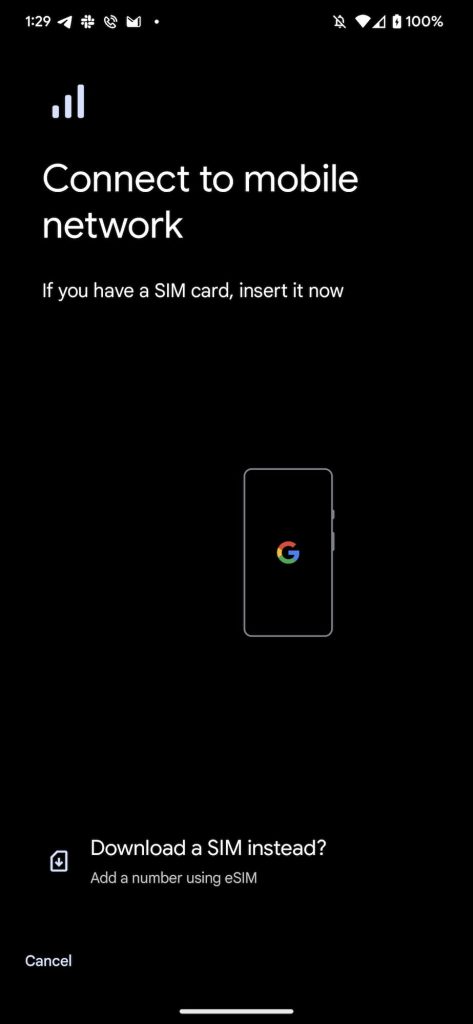

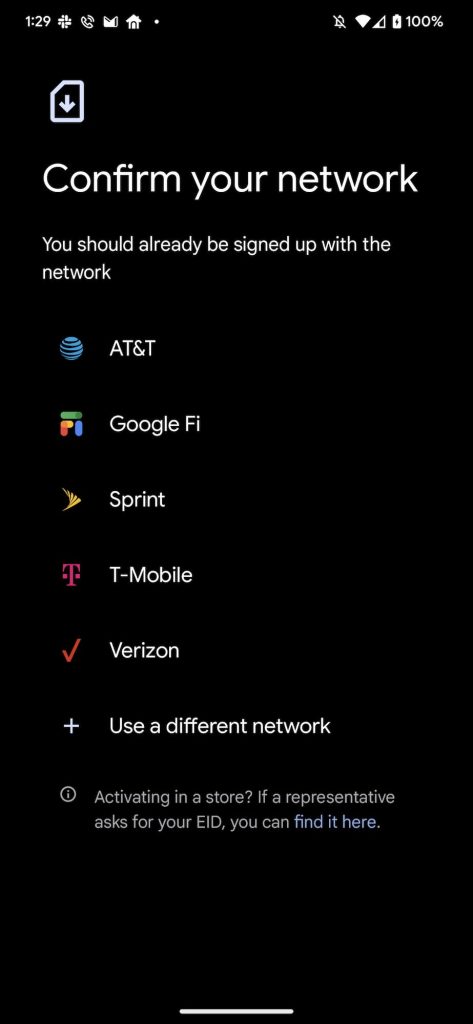
On Samsung phones, you’ll go to Settings > Connections > SIM card manager > “Add mobile plan.” From there, you can scan a QR code from your carrier or transfer an eSIM from another smartphone, but this only works on T-Mobile in the US.
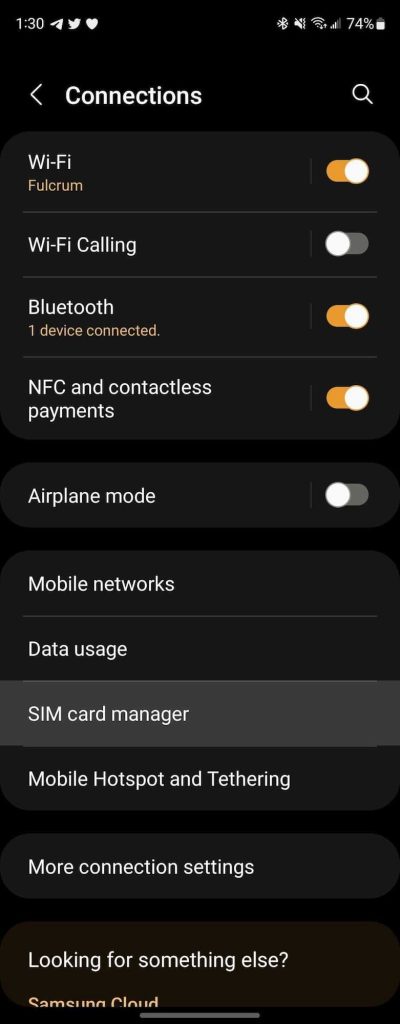



But that’s just the software – what about actual carrier support?
There are several US carriers that support eSIM on Android, including the big three – T-Mobile, Verizon, and AT&T. But even within those carriers, you’ll find a lot of inconsistent messaging.
T-Mobile, for example, supports eSIM on most modern Samsung phones. But let’s say you just bought Samsung’s brand new Galaxy Z Fold 4 or Galaxy Z Flip 4. According to T-Mobile, you’ll have to activate that device on a physical SIM, but you can then convert to an eSIM after initial activation.
Beyond that, Verizon says on a support page that it only supports eSIM on Samsung’s Galaxy S21 series, S22 series, and the Galaxy Note 20 series – no foldables.
MVNOs are even more confusing in this regard. Mint Mobile’s website, which is woefully out of date with its list of Android phones, claims that none of Samsung’s phones or Pixel phones are compatible with its eSIM service, though our Max Weinbach found that he was able to use eSIM with a Pixel 6 Pro fairly easily.
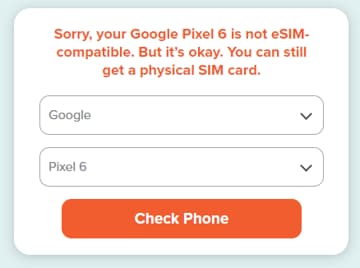
Google Fi, as mentioned, only supports eSIM on Pixel phones. US Mobile is also limited to just Pixel phones. And other carriers that do support eSIM aren’t very forthcoming on what devices are supported.
Verizon-owned Visible is perhaps one of the best examples of clearly communicating eSIM support on Android phones, but even that carrier has its hiccups with the technology.
And it only gets worse from there
Really, we’re just scratching the surface so far with this. eSIM is a great technology, but the headaches it could cause without a traditional physical SIM to back it up are immense.
One of the biggest concerns around eSIM-only devices is with international travel. Often, buying a physical SIM card from a shop while traveling, or even at the airport itself, is a quick and easy way to avoid costly roaming fees while abroad. There are solutions to this with eSIM too. Services such as GigSky and offer eSIM for international travel, which is quite convenient, but they can be a lot more expensive than traditional means in some cases. Plus, local carriers might offer promotions for extra free data that these other services don’t carry on.
Friend-of-the-site Zachary Wander pointed out that, in Portugal as an example, Vodafone offers a 5GB plan with 5GB of free bonus data. AirAlo offers access to that plan, but without the bonus data, despite being the same price. Adam Conway also points this out.
There’s also the headache of activation with anything relating to eSIM. Most services require that you dig up your IMEI and EID and input them on a website. Not really a huge hassle, but it’s much more complicated than just sticking a paper clip into your device and inserting a fresh SIM card that’s all ready to go, as Joshua Vergara pointed out in a tweet.
Another headache that can (and probably will) arise is when it comes to switching devices. You can’t simply transfer an eSIM from one device to another in most cases. Google Fi makes this relatively easy, as does T-Mobile on Samsung smartphones. But others simply don’t. Verizon, for example, requires customers to contact support to transfer an eSIM between devices, even on iPhones.
Is Android ready for an eSIM-only smartphone?
In short, no. Android is far from ready for any device to rely fully on eSIM.
Yet, with Apple doing just that in the iPhone 14, it’s all but guaranteed that the likes of Samsung, Google, or other brands will go all-in on eSIM within the next couple of years. One can only hope that Apple’s push with the technology will help carriers smooth out their processes and unify how the technology works on Android.
More on Android:
- Android 14 will support satellite connectivity and partners
- Samsung Galaxy Z Fold 4 review: Android 12L boosts this iterative but important upgrade
- Android 12 is running on 13.3% of all devices ahead of Android 13 launch
Author: Ben Schoon
Source: 9TO5Google



